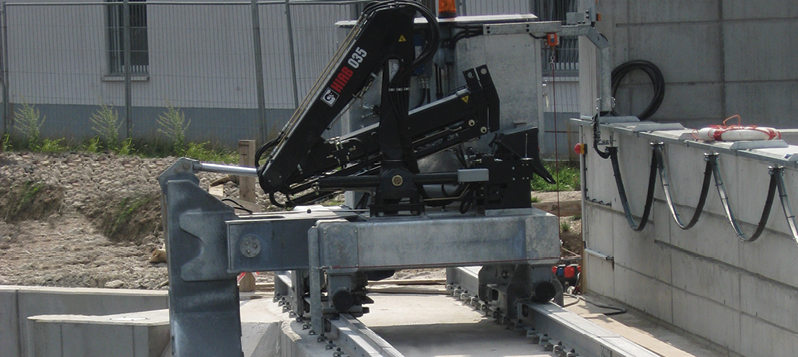According to the World Energy Council, water supplied 71% of the world’s renewable energy in 2016. Hydropower stations generate electricity by capturing the energy from flowing water. That water may be flowing in a river or from a reservoir. It works like this:
- Water rushes from a high point to a low point. A dam or natural incline of a waterfall can create those high and low points.
- As the water falls, it forces the blades of a turbine to spin. The action of the turbine converts the falling water’s energy into a mechanical form of energy.
- Generators that are connected to the turbines take that mechanical energy and convert it into electricity.
- Power lines send the electricity from the generators to homes and businesses.
There’s one more aspect to this that’s essential to proper operations. The water entering the turbine can’t be filled with trash. The EPA believes around 80 percent of the trash found on beaches came from the land. Much of it is food packaging and beverage cans and bottles. When that trash and recycling finds its way into rivers and into hydroelectric power stations, it can damage equipment and impede water flow.
Is That Much Trash Really in Our Waterways?
The amount of trash and debris in rivers is astounding. In 2010, the Great Mississippi River Cleanup began. In less than a decade, volunteers have already removed more than 513,000 pounds of trash and recycling from the river.
Each year, Riverkeeper Sweep volunteers clean up trash from the shores of the Hudson River in New York. In 2018, 38 tons of trash was removed.
Where does all this trash come from? Trash may fly out of a truck bed when it’s not secured. Some flies out of open car windows on a gusty day. It can be deliberately tossed out. People may not properly dispose of food packages after a picnic. Wind can blow it from recycling containers and dumpsters that are not closed. To prevent this from happening, consumers need to be careful about disposing items and reusing packaging as much as possible.
You also have the debris that naturally ends up in waterways. An old tree on the bank of a river may fall in after a storm. Branches may snap off trees after an ice storm and end up in a river. Leaves that fall off the trees in the fall will end up in some of the nation’s rivers. That debris is biodegradable, but it can clog the screens on water intake pipes at hydroelectric plants and cause problems.
How Do Hydroelectric Plants Keep the Trash Out?
There are two components to trash and debris removal at a hydropower station. Trash or bar racks are metal screens placed over a water intake pipe. These metal grids prevent things like fallen branches, trash, and recyclable containers from going into the pipe connected to a turbine.
Those screens need to be cleared from time to time. That’s the job of a hydropower trash rake. The rake removes the debris and trash from the screen automatically. This keeps the screen clear so that operations are not impeded.
If the screen is not cleaned, air bubbles can get in and damage the turbine. Low water pressure is all it takes for the air bubbles to form It could be from a blocked screen or low water levels in a river or reservoir. To prevent pockmarks in the turbine blades and the vibrations that can come with it, the plant must shut down and wait until water flow is corrected. This can cause power outages for people served by that plant.
Hydropower trash rakes can work quickly. Catronic Series Trash Rakes clear a 200-foot section at depths of up to 100 feet. The ability to lift up to 20 tons makes it a powerful system for removing fallen trees from trash racks. The hydropower trash rake can work automatically or with someone operating the system and manually removing logs, trash, and other forms of debris.
What does your hydroelectric power station need to keep equipment in prime condition and working efficiently? The professionals at Lakeside Equipment Corporation can help you find the perfect solution. Call 630-837-5640 or email sales@lakeside-equipment.com for more information.








